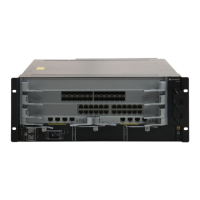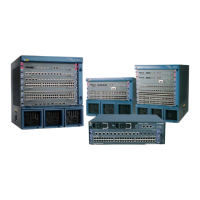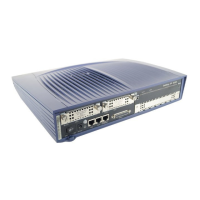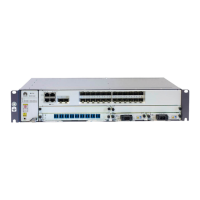Figure 3-1 Schematic diagram for a typical VLAN application
VLAN-A
VLAN-B
VLAN-C
Router
Switch1 Switch2 Switch3
This application shows the following VLAN advantages:
l Broadcast domains are confined. A broadcast domain is confined to a VLAN. This saves
bandwidth and improves network processing capabilities.
l Network security is enhanced. Packets from different VLANs are separately transmitted.
PCs in one VLAN cannot directly communicate with PCs in another VLAN.
l Network robustness is improved. A fault in a VLAN does not affect PCs in other VLANs.
l Virtual groups are set up flexibly. With the VLAN technology, PCs in different
geographical areas can be grouped together. This facilitates network construction and
maintenance.
Basic VLAN Concepts and Principles
l 802.1Q and VLAN frame format
A conventional Ethernet frame is encapsulated with the Length/Type field for an upper-
layer protocol following the Destination address and Source address fields, as shown in
Figure 3-2.
Figure 3-2 Conventional Ethernet frame format
2bytes6bytes 6bytes 46-1500bytes 4bytes
Destination
address
Source
address
Length/Type
Data FCS
IEEE 802.1Q is an Ethernet networking standard for a specified Ethernet frame format. It
adds a 32-bit field between the Source address and the Length/Type fields of the original
frame, as shown in Figure 3-3.
Quidway S7700 Smart Routing Switch
Configuration Guide - Ethernet 3 VLAN Configuration
Issue 01 (2011-07-15) Huawei Proprietary and Confidential
Copyright © Huawei Technologies Co., Ltd.
65

